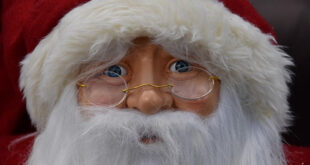Prior to 1857 Thailand, with a few exceptions, had been using other forms of payment than flat coins. The most important was the bullet coins, which had circulated for more than 600 years. The bullet coins continued to circulate for some years, but on July 31, 1908 the exchange was terminated.
Other forms of payment were Cowrie Shells, Gambling House Tokens, most of them produced in porcelain, Chieng Money, Hang Money, Flower Money and Hoi Money to mention but a few.
A lot of commerce was also based on barter or trade. Not in the form of barter today, but where chickens could be traded for a pig, or rice could be traded for some fruit.
The first flat coins were produced on a hand-driven minting machine presented by Queen Victoria to King Mongkut (Rama IV). Prior to shipping, a few coins had been produced in England and those coins were in perfect condition. Unfortunately, during the shipping to Thailand some of the dies were corroded from seawater. This can be seen on some of the coins produced in Thailand in 1857 and 1858.
Very few coins were produced on this hand driven machine. The most common of the coins are the 1 Baht, which was produced in 2400 pieces. The 1/8 Baht can also be found in the market, the ¼ Baht is rarely seen for sale, and even rarer, the 2 ½ Baht in gold, which I cannot remember seen offered.
The 1 Baht is more expensive than the 1/8 Baht, as it seems like collectors value bigger coins more than the smaller ones. How many of the 1 Baht coins exist today is hard to say. Many have been lost or even melted down. As the 1 Baht coin was legal tender until 1914, many have become very worn, so it is very hard to find them in good condition.
The Baht is similar to the 1 Baht produced in 1860 on the steam-powered machine, which the Royal Siam Mint later bought from England. The mintage for this coin is much higher and the price is lower. The 1 Baht 1860 coin in good condition has been sold for prices as high as what the Bannakarn, Royal Gift has been sold for.
The steam-powered machine can be seen exhibited at the Royal Thai Mint.
Email: [email protected]
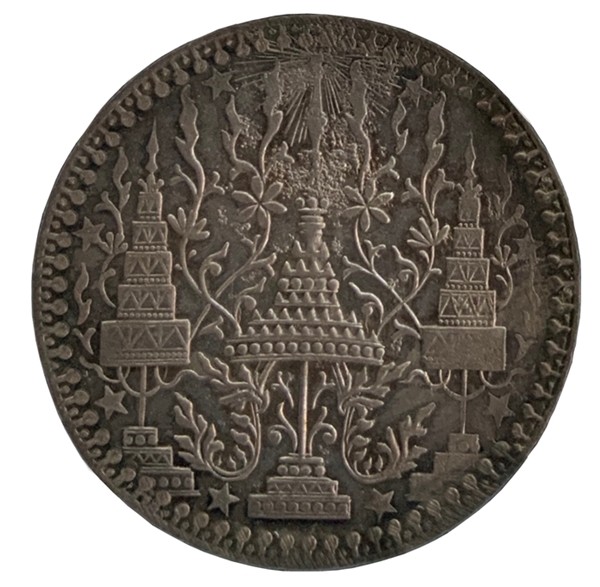
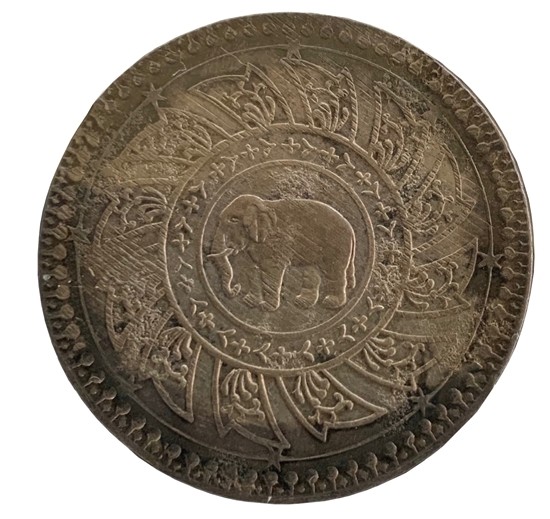
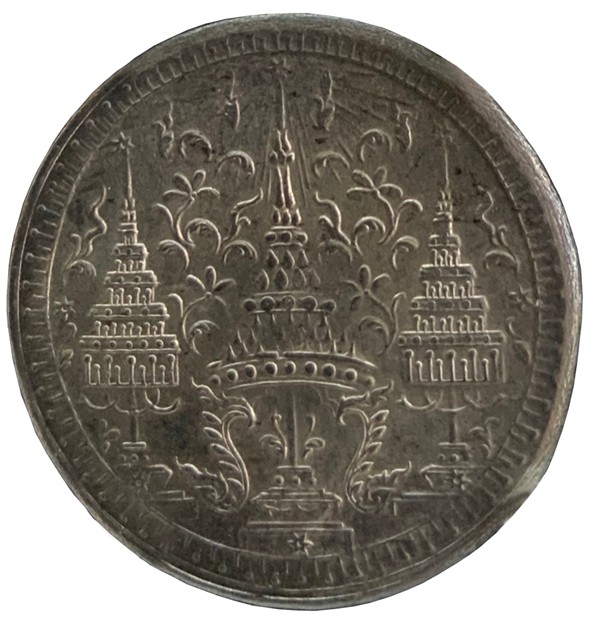
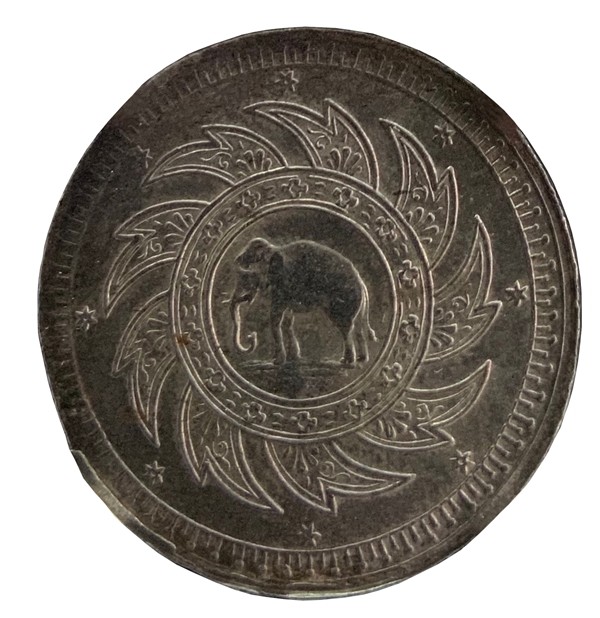
Source link
